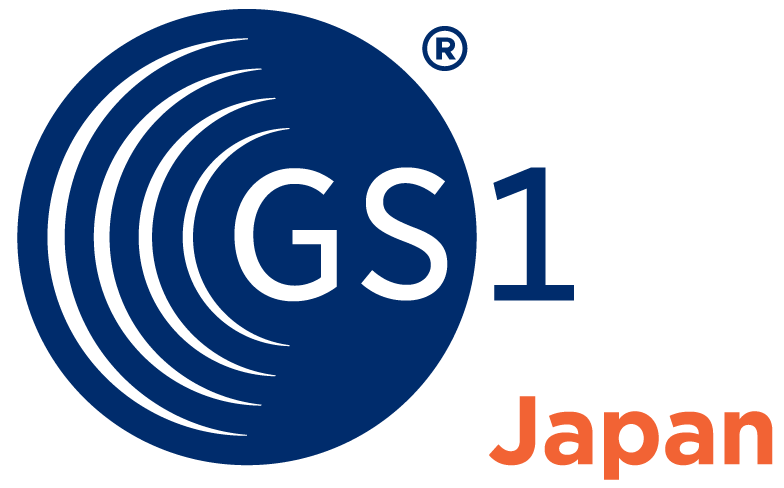Workshop: WPT for Various Applications
Workshop: Wireless Power Transfer for Various Applications
Organizer: Dr. Naoki Shinohara
Kyoto University
Date: 16 September 2015
A Wireless Power Transfer (WPT) technology is considered as one of game changing technologies. Electric power can be transmitted via magnetic field, electric field, and electromagnetic wave. Various applications are developed in the world, for example, a wireless charger of a mobile phone, a wireless charger of an electric vehicle, battery-less wireless sensors, medical applications, and a solar power satellite. In this workshop, present status of researches and standardizations of the WPT is presented.
List of speakers
- Mr. Yukio Yokoi, Kyoto University
- Professor Takashi Ohira, Toyohashi University of Technology
- Dr. Takashi Hikage, Hokkaido University
- Dr. Shi Pu, Wuhan University of Technology
- Professor Naoki Shinohara, Kyoto University
Speaker Abstracts
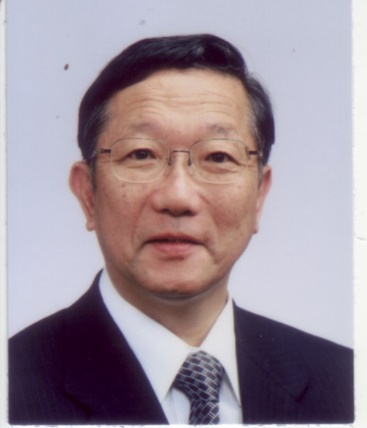 Mr. Yukio Yokoi, Kyoto University
Mr. Yukio Yokoi, Kyoto University
“Standardization and Regulation development of Wireless Power Charging for Electric Vehicle in the World”
Wireless power charging is becoming key technology for EV(Electric Vehicle) and e-mobility. Development of international standards for EV are undergoing at IEC and ISO, such as IEC61980 and ISO19363 using the magnetic field wireless power transfer systems. Regulatory aspect of Wireless Power Charging is also quite important because of its “wireless”. ITU has started discussion for recommendation of WPT spectrum. CISPR also started discussion on electro-magnetic radiation limit of WPT to coexist with various wireless services in operation. International and domestic standardization and also regulation development status will be presented.
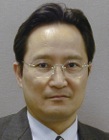 Prof. Takashi Ohira, Toyohashi University of technology
Prof. Takashi Ohira, Toyohashi University of technology
‘Three Basic Theorems on kQ Product in Wireless Power Transfer” [IEEE Distinguished Lecture]
Harald Friis discovered the law of wave transfer via space in 1946. Claude Shannon revealed the law of data transfer via communication channel in 1949. There must be a certain law for any “transfer” via some medium. This lecture explores what is the law of wireless power transfer via electric and magnetic couplers. We start with a basic exercise on how to find the maximum power transfer efficiency of a two-port black box that implies arbitrary shape of coupler. The audience finally reaches three basic theorems on kQ product. The lecture concludes with warm encouragement to every WTP engineers to exploit kQ and efficiency tangent we found as versatile pilotages for ongoing and future WPT system design and development.
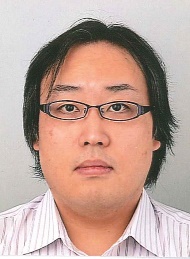 Dr. Takashi Hikage, Hokkaido University
Dr. Takashi Hikage, Hokkaido University
“Wireless Power Transfer (WPT) Technology for Medical Applications and EMF safety issues - Local SAR of Human Implanted with Vision Prosthesis Featuring Wireless Power Transfer Coil in Head”
Implantable medical devices such as implantable pacemakers and capsule endoscopes are an important application of WPT. Traditionally, these devices use rechargeable or disposable batteries which triggers the constraints of large device size and limited life time. WPT is now seen a key solution to these problems. WPT-based implantable devices are expected to offer the patient better mobility and improved quality of life. Using inductive coupling to link the external power source to the implanted device is a sensible choice when considering short-range wireless power transfer for biomedical implants.
One concern, the electromagnetic field (EMF) emitted by wireless devices, is the subject of radio radiation protection guidelines on human exposure to EMF. In Japan, Radio Radiation Protection Guidelines for Human Exposure to Electromagnetic Fields has been published. However, these guidelines provide no quantitative discussions about their relevance to patients with WPT-based active implantable devices. It is very important to estimate the amount and nature of exposure that such users are likely to experience. Given the progress in biomedical technologies, the number of such users will rapidly increase in the near future.
This lecture describes local specific absorption rate (SAR) calculations for anatomical human head implanted with WPT-based vision prosthesis, as an example of WPT for medical applications and EMF safety issues. A high-resolution numerical model of a human head and an internally implanted vision prosthesis component including WPT coil is constructed. By using Finite-difference time-domain analysis, the electromagnetic field distribution inside the human head is calculated and exposure levels to ensure human safety are shown.
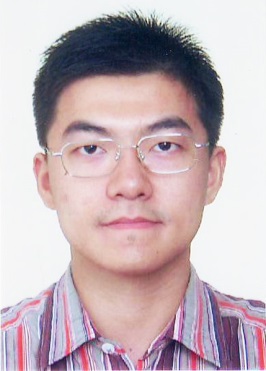 Dr. Shi Pu, Wuhan University of Technology
Dr. Shi Pu, Wuhan University of Technology
“Employment of Near-Field Coil Array on Achieving Efficient WPT System”
The portable electronic products have become more and more indispensable in people’s daily work and life today. So it would be even more attractive to consumers if not signal data but power energy could be both transferred wirelessly and efficiently from one place to another over mid-range distance of the order of meter. What will be explored in this lecture, is to find a resonant coupling solution based on theory of strongly coupled magnetic resonance, keeping the balance between two factors of transfer distance and transfer efficiency. We shall introduce to the audience how the coil elements properly stacked without contact for constituting a vertically arranged near-field array, could be optimized to enhance the reduced coupling coefficients between the transceiver antennas of the WPT systems over the extended mid-range distance. Different conjunctions of M Tx(s) and N Rx(s) coil elements (so-called the M × N coil arrays) have been tried out to realize more efficient WPT systems which can provide even higher system power transfer efficiencies than the single-to-single WPT system excluding the coil array (so-called the 1 × 1 WPT system). Finally the lecture will end with a conclusion that the proposed M × N WPT systems are especially suitable for the RF rear-end circuit with very low input resistances, which is shown from the optimized circuit parameters of the load resistor correspondingly connected to each Rx coil antenna element.
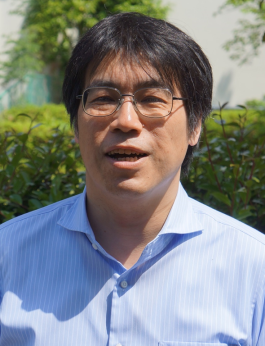 Prof. Naoki Shinohara, Kyoto University
Prof. Naoki Shinohara, Kyoto University
“Beam and High Power Wireless Power Transfer Technologies with Phased Array toward a Solar Power Satellite/Station”
A wireless power transfer (WPT) via radio waves, especially microwaves has been developed from 1960s with consideration of application toward a Solar Power Satellite/Station (SPS). In 1960s, the microwave power transfer (MPT) experiments with high power and narrow beam were carried out with a microwave tube, for example, a magnetron or Klystron, and with aperture antenna. Recently, a phased array antenna with semi-conductors is applied for the high power and narrow beam MPT. In Japan, two important experiments toward the SPS and the other industrial applications were carried out in February, 2015. In this talk, antenna technologies for the high power and narrow beam MPT are presented. The Japanese present MPT field experiment with the phased array are also introduced.


